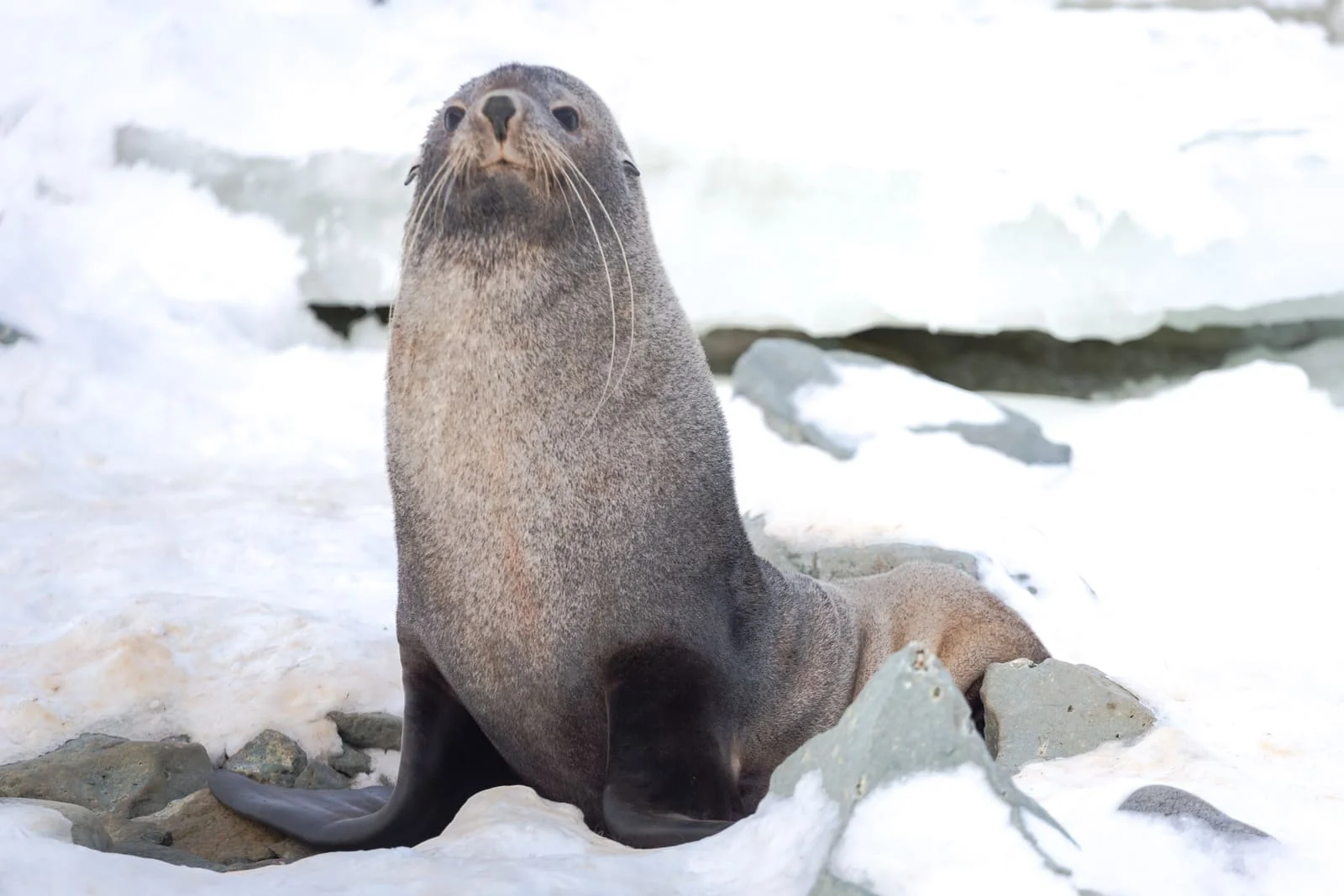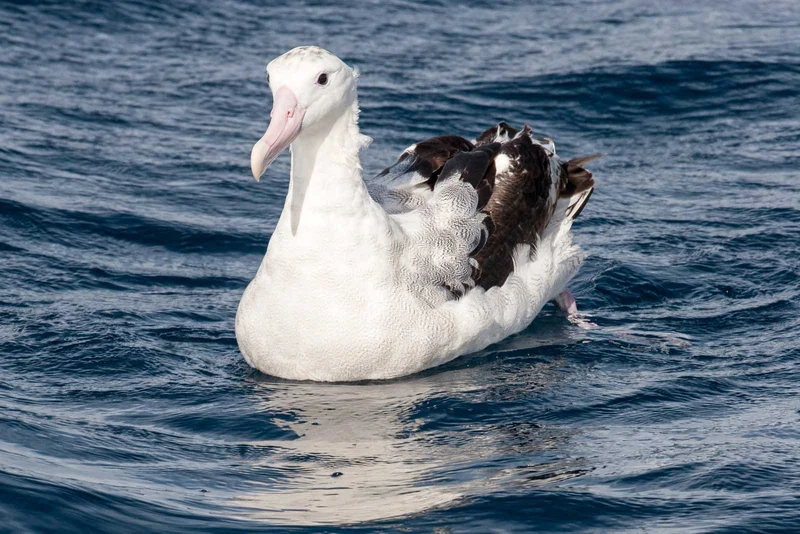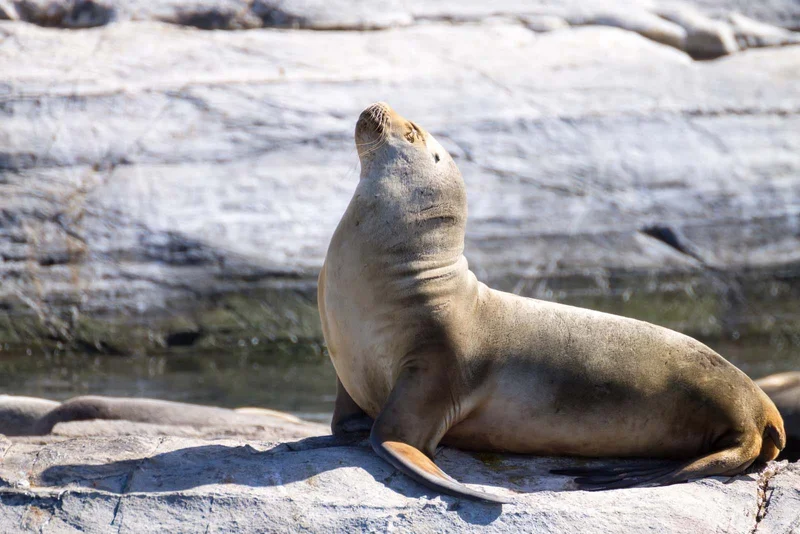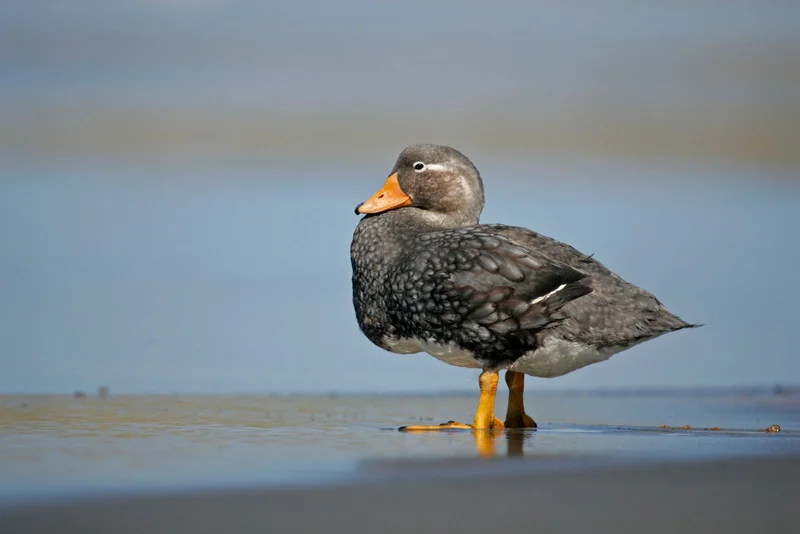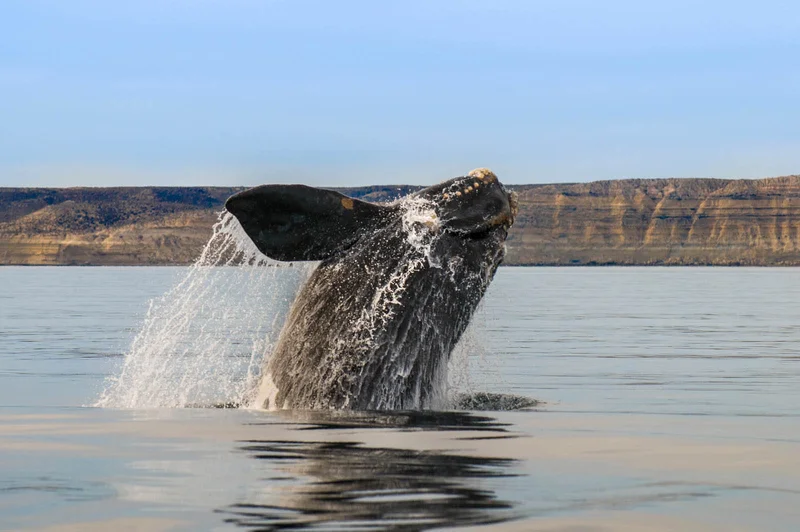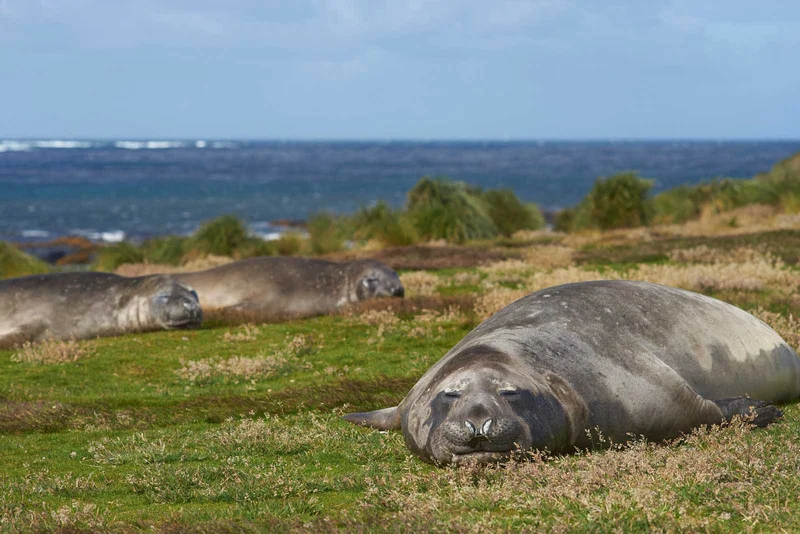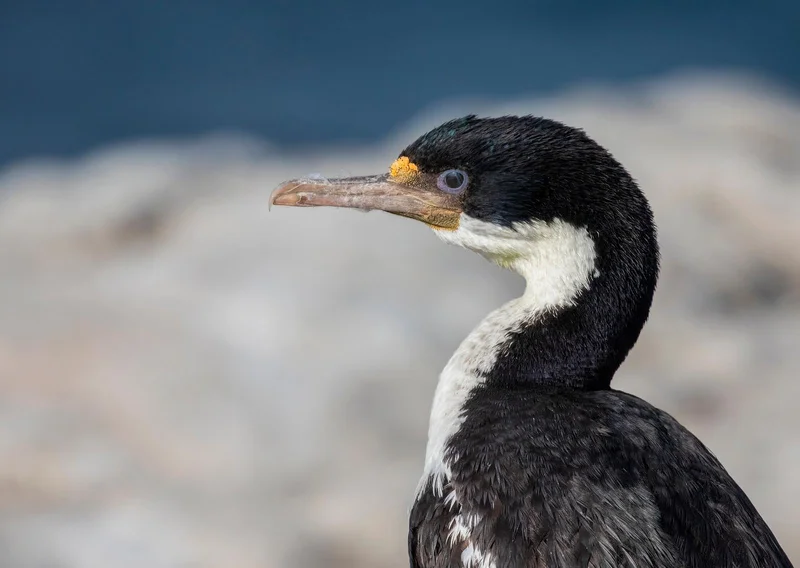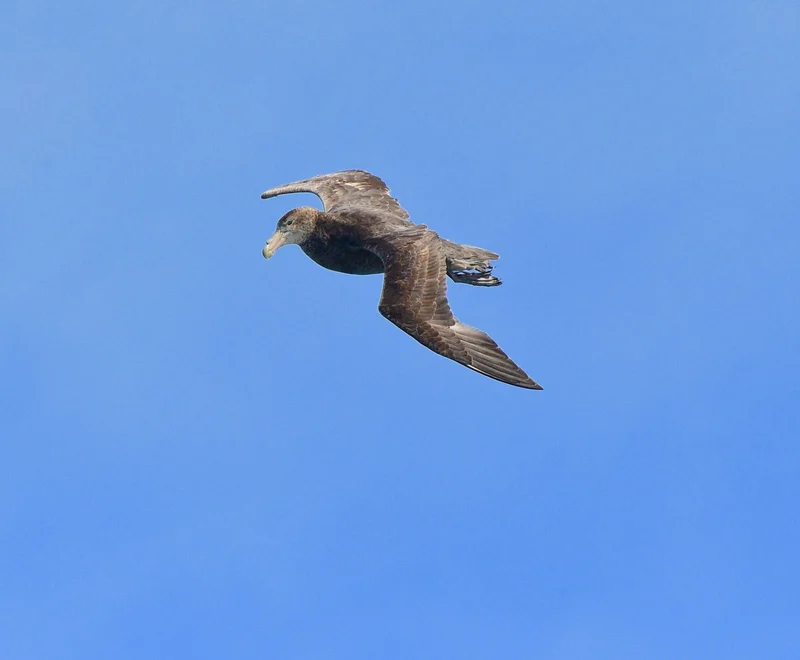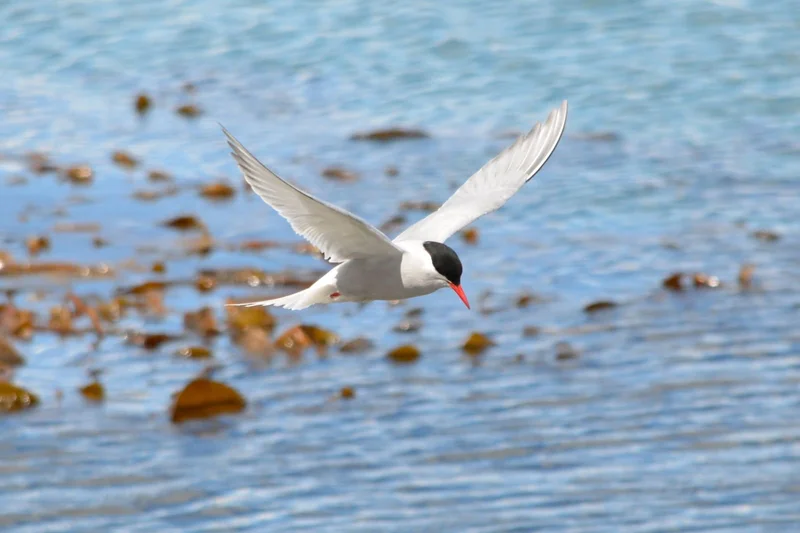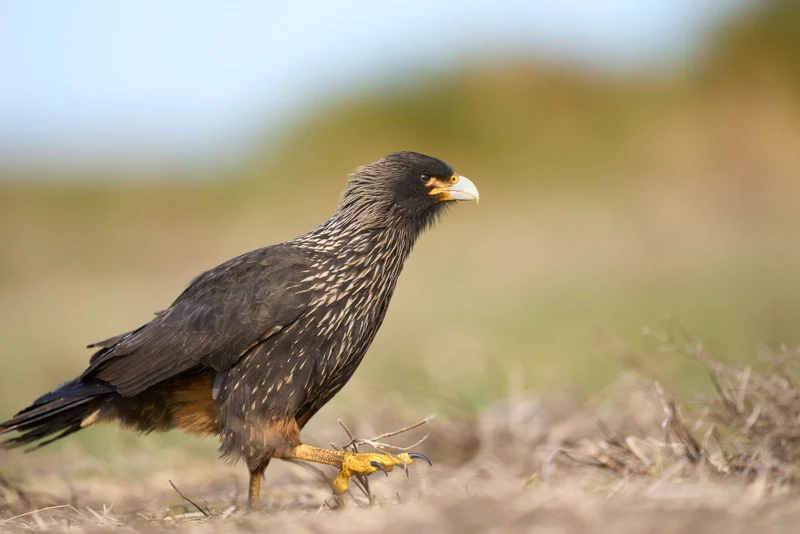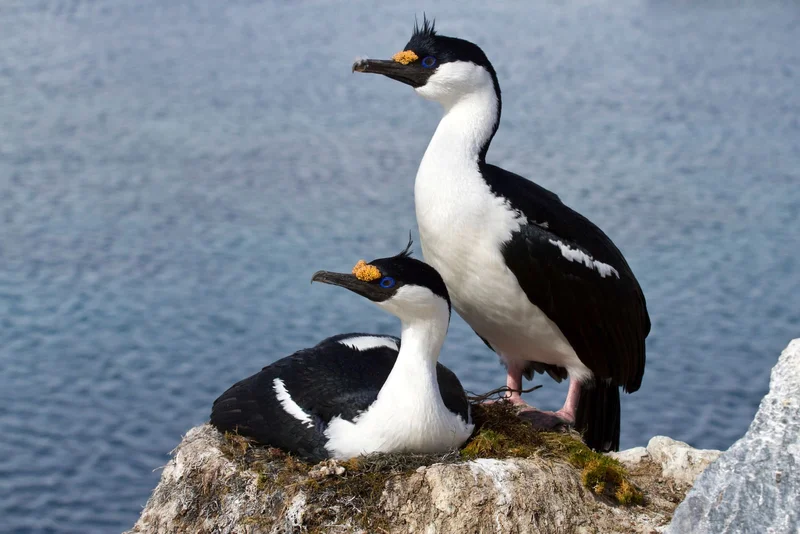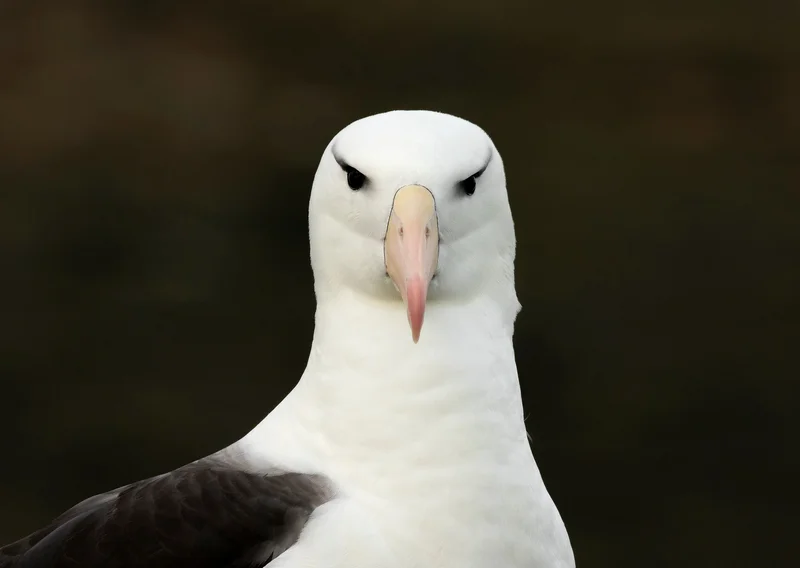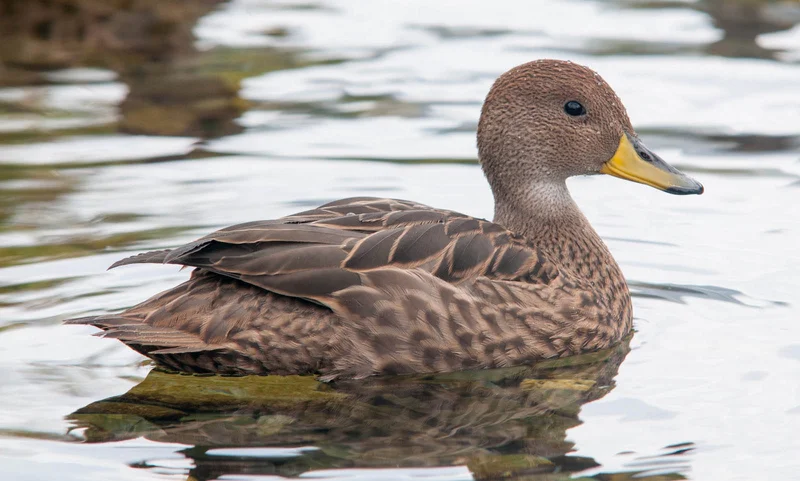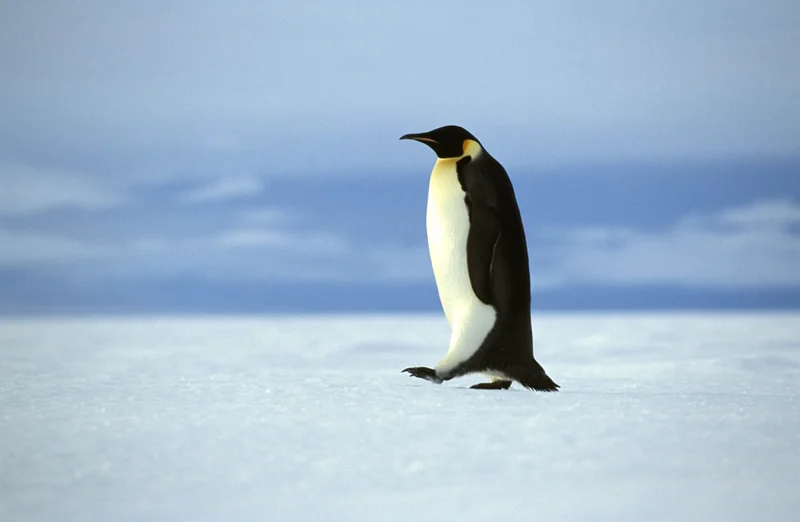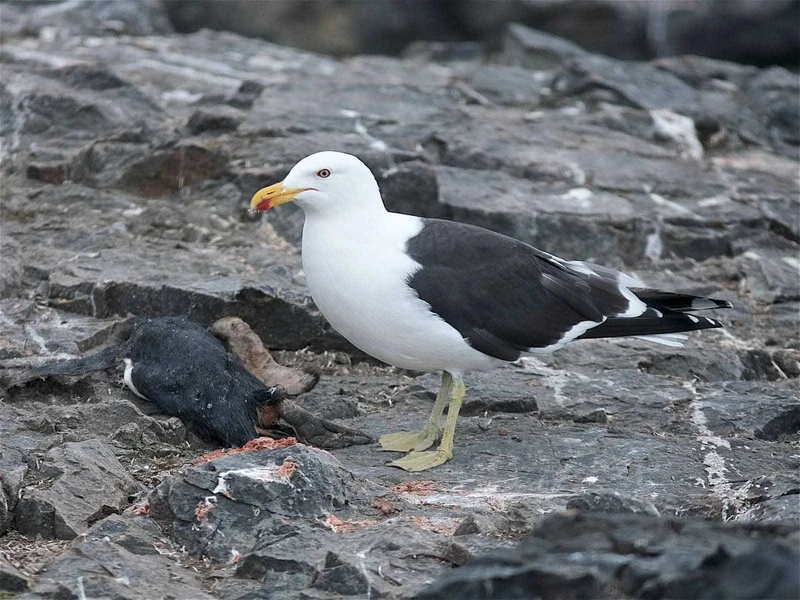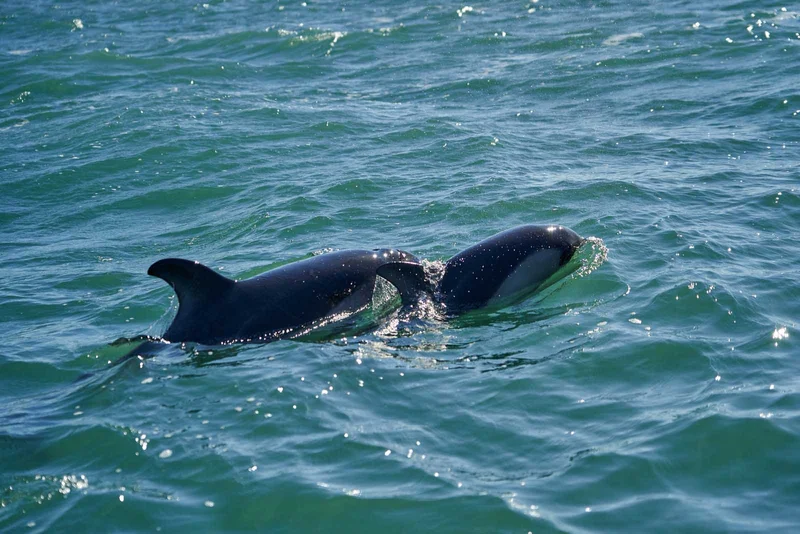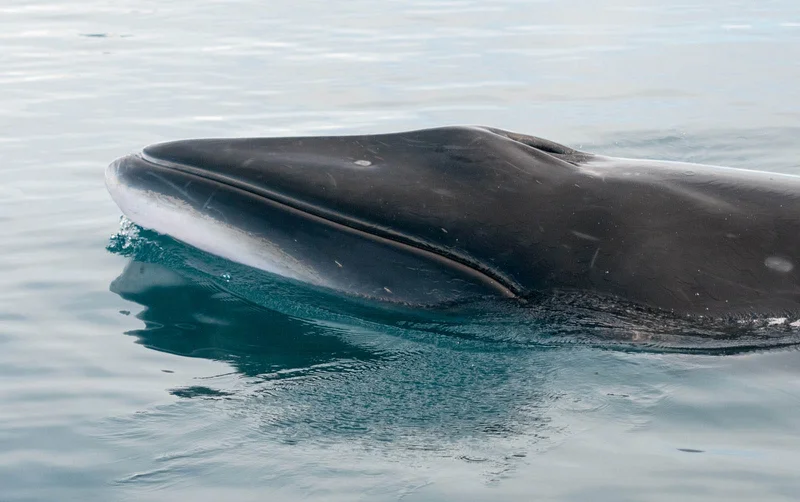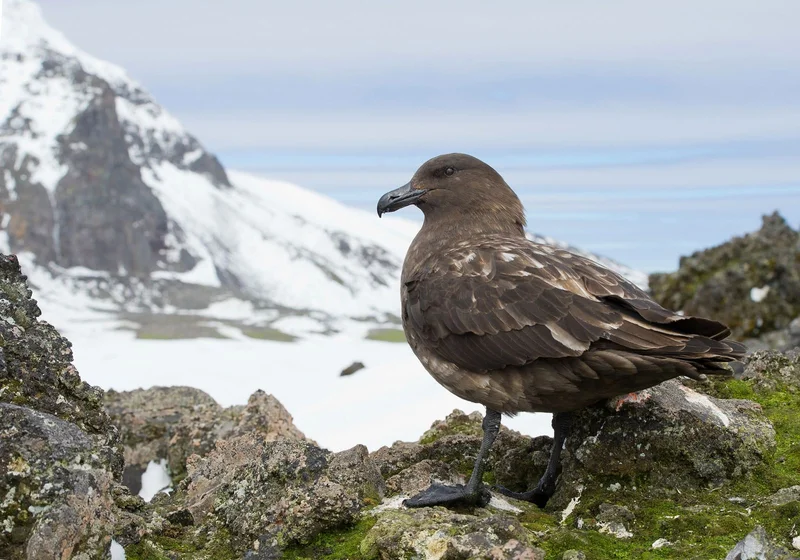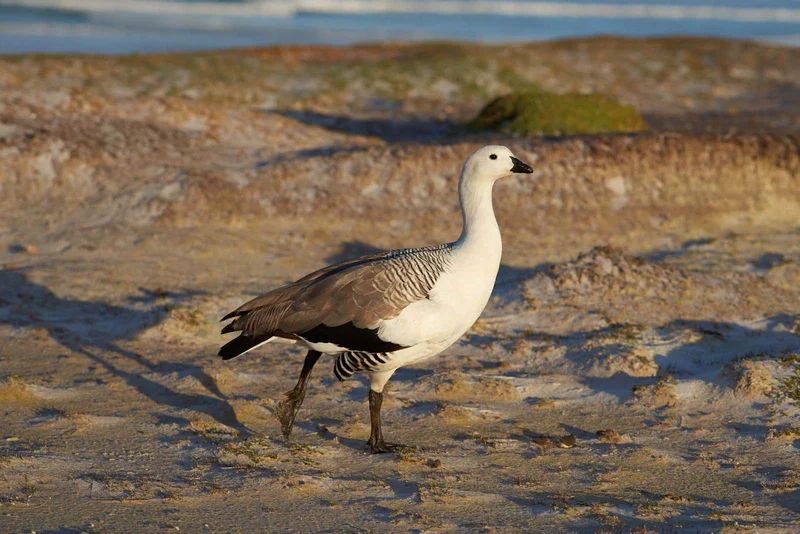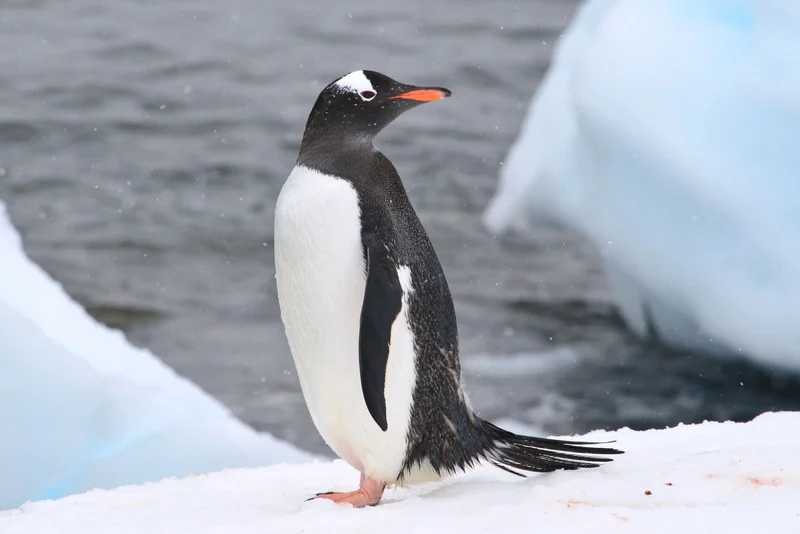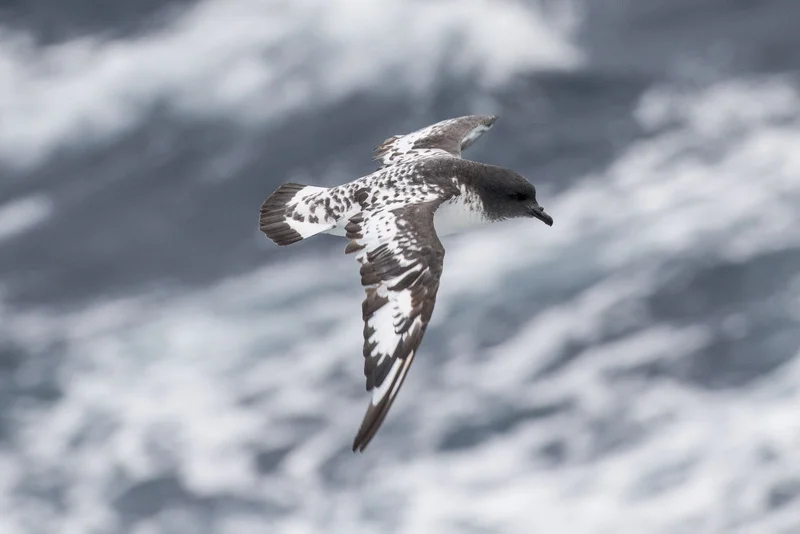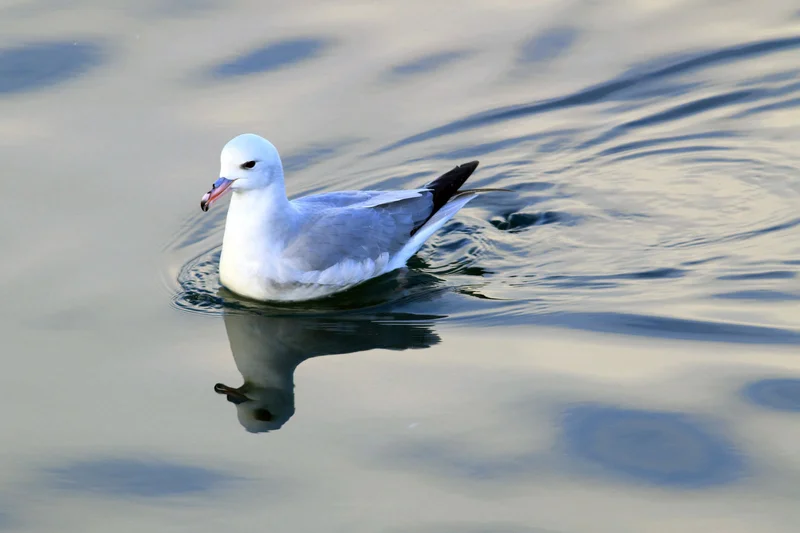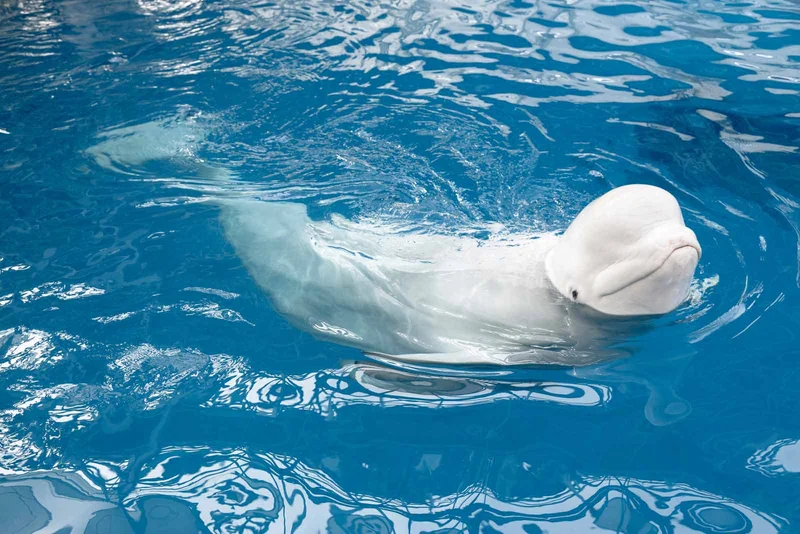Essential Antarctic Fur Seal Information
Breeding and Habitat
Despite its name, the Antarctic Fur Seal is most commonly found on subantarctic islands, such as South Georgia, the Falklands, and the South Shetland Islands, rather than on the Antarctic mainland. South Georgia alone hosts about 95% of the world’s Antarctic Fur Seal population, with around 6 million seals. November is the peak breeding season, where colonies crowd the beaches. Visitors traveling between January and February may witness curious seal pups exploring their surroundings.
Physical Characteristics
Antarctic Fur Seals are often mistaken for sea lions due to their longer necks, pointed muzzles, and long whiskers. They display significant sexual dimorphism: females grow up to 4ft 6in and weigh around 75 pounds, while males can reach 6ft 6in and weigh up to 300 pounds. Occasionally, a rare "pale blonde" variant can be spotted, affecting roughly 1 in 1,000 seals.
Diet and Predators
These seals primarily feed on krill, with males occasionally preying on penguins. Since the end of commercial sealing, their population has significantly recovered, though threats remain from Leopard seals, which target young pups, and climate change, which impacts krill availability.
Life Cycle
Female seals synchronize their births, with 90% of pups born within a 10-day window each year, typically in December. Pups are weaned by four months old and will venture into the sea until they are mature enough to breed.
Interesting Facts
- Aggression During Breeding: During the breeding season, males without harems are particularly aggressive. However, once the seals migrate to the Antarctic Peninsula for molting, they generally seek rest. Younger males, in particular, may mock charge at visitors, but they tend to retreat if you stand your ground.
- Safety Guidelines: It is important to give seals space, maintaining a distance of 25-50 meters. If a seal charges, stand still with raised hands, and avoid running. Aggressive seals can be deterred with noise or clapping, but only if necessary.
- Stealthy Seals: Be cautious when walking near seals, as some may hide behind rocks or sneak up on you. Avoid lying down or kneeling near them, especially when taking photos, as this could provoke unwanted attention.
